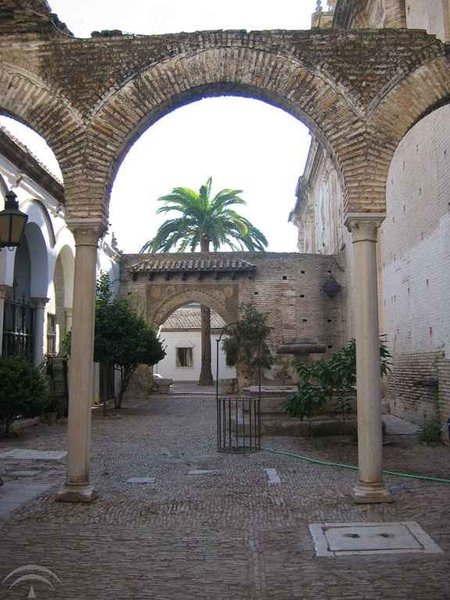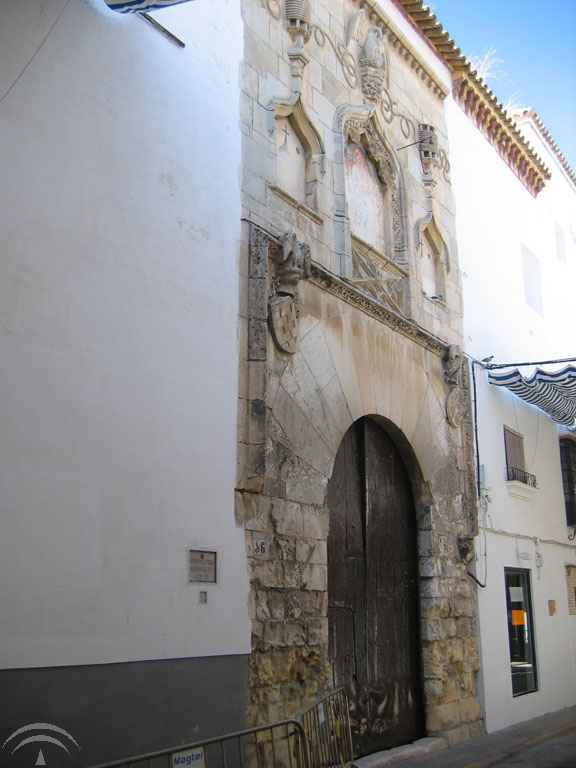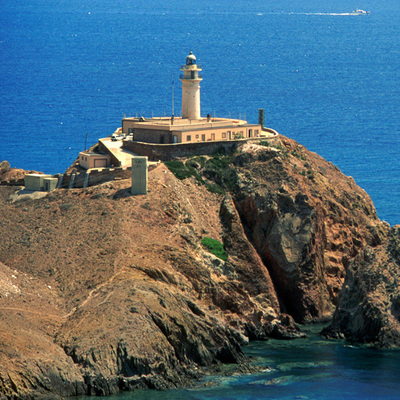Iglesia de Santa Cruz - Museo de Arte Sacro

Located in Ecija's Plaza de Nuestra Señora del Valle, the earliest remains of the Santa Cruz church date back to the Visigoth period, when it was the seat of the Astigitanos Prelates. Following the Arab invasion, it was converted into a grand mosque. After the Reconquest and the redistribution of the city by Alfonso X in 1263, it was designated as a Major Parish church dedicated to the Santa Cruz of Jerusalem.
The church is in the Gothic-Mudejar style, with a Latin cross layout with five naves, three of which are for communication and two for side chapels, and a transept and dome. The complex also has two entrances, a cloister, cemetery and tower. Of this building, only a Mudejar arch and part of the cloister and tower remain. The rest of the building was demolished in 1775 to rebuild the church with a new layout.
The church contains interesting Baroque works. The main altarpiece, from the 18th century, comes from the La Concepción de los Mercedarios Convent and is dedicated to the Virgen del Socorro. It has an interesting sarcophagus in the main altarpiece dating from the 5th century, with Biblical scenes carved in stone. It also has a Museum of Sacred Art.
The museum was created on the initiative of the priest Antonio Pérez Daza, to preserve, communicate and display the valuable historic and artistic heritage of the “astigitana” church. Most of the religious works on display date from the 16th to 19th centuries. The neo-Baroque altarpiece presided over by the Virgen del Valle serves as the entrance, leading to the older rooms that are part of the museum.
The museum hosts a large collection of precious 18th-century metalwork, including pax-boards, garments, canopies, lecterns, sacred objects, paintings, sculptures, furniture, cornucopias, chalices, bells, crosses, pyxes, monstrances, fountains, altars and cups. Outstanding exhibits include the “Shokendai” lectern in the "Nambon" style, made in Japan in the Momoyama period, in 1573, and the Monstrance of Francisco de Alfaro Hernández (Seville, 1586), in gilded silver.
Free.
Services and infrastructure
Target audiences
Segments
Specialties
Open to visitors
You may be interested
























